Search Images
Browse Content (p. 717)
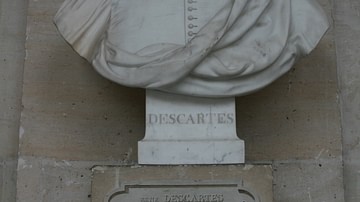
Image
Descartes Bust
Bust of French philosopher René Descartes (1596-1650.)
Versailles.
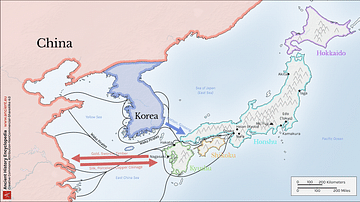
Image
Map of Medieval Japanese Trade & Wako Pirates
Map depicting Medieval Japan and its trade relations with its neighbours, China and Korea. The map shows the major trade goods exchanged between Japan, China, and Korea. Black lines show the approximate routes taken by the Wako Pirates. Each...
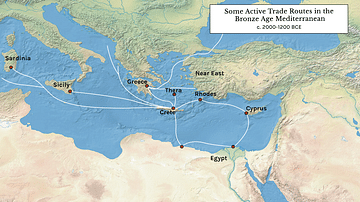
Image
Some Active Trade Routes in the Bronze Age Mediterranean
A map detailing some of the active maritime trade routes in the Aegean during the Middle and Late Bronze Age.
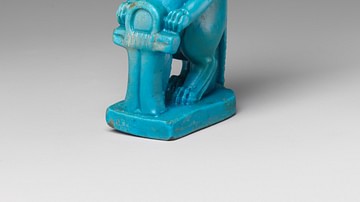
Image
Faience Taweret Statue
A blue faience statue of the Egyptian goddess Taweret. 332-30 BCE. Near Qena, Egypt. (Metropolitan Museum of Art)
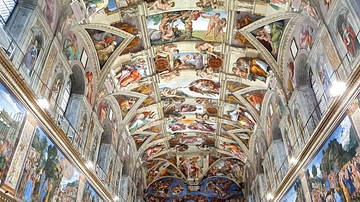
Image
Sistine Chapel Interior
The interior of the Sistine Chapel in the Vatican, Rome. The ceiling was created between 1508 and 1512 CE by the Italian Renaissance artist Michelangelo (1475-1564 CE) and shows the story of Genesis from the Creation to the Great Flood.

Image
René Descartes
Portrait of René Descartes (1596-1650), after Frans Hals, c. 1649-1700.
Louvre, Paris.
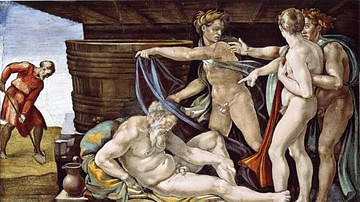
Image
The Drunkenness of Noah, Sistine Chapel
A panel from ceiling of the Sistine Chapel in the Vatican, Rome. The panel shows the drunkenness of Noah. The ceiling was created between 1508 and 1512 CE by the Italian Renaissance artist Michelangelo (1475-1564 CE) and shows the story of...

Image
Temptation & Expulsion from Paradise, Sistine Chapel
A panel from ceiling of the Sistine Chapel in the Vatican, Rome. The panel shows the temptation and then expulsion of Adam and Eve from the Garden of Eden. The ceiling was created between 1508 and 1512 CE by the Italian Renaissance artist...

Image
God Creating the Sun, Moon & Planets, Sistine Chapel
A panel from ceiling of the Sistine Chapel in the Vatican, Rome. The panel shows God creating the Sun, Moon and planets. The ceiling was created between 1508 and 1512 CE by the Italian Renaissance artist Michelangelo (1475-1564 CE) and shows...
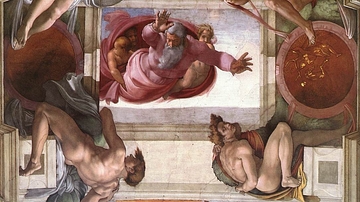
Image
God Separating the Land from the Water, Sistine Chapel
A panel from ceiling of the Sistine Chapel in the Vatican, Rome. The panel shows God separating the land from the waters. The ceiling was created between 1508 and 1512 CE by the Italian Renaissance artist Michelangelo (1475-1564 CE) and shows...